Now that spring is here and everything is sprouting back to life, it’s the perfect time to start thinking about the health of your lawn moving into the warmer seasons. What’s the state of your lawn right now? Are you envious of your neighbor’s lush green lawn and wondering how it stays so healthy?
You’re not the only one. It’s hard to resist the allure of those manicured lawns that demand to be strolled on with bare feet while enjoying an iced cold beverage.
The grass may appear greener on the other side of your fence but it doesn’t mean you can’t enjoy the same type of results! These expert lawn care tips will help you get the lawn you and your family deserve this summer!
Lawn Care Tips for a Thicker and Greener Lawn
Know How To Mow Your Lawn The Right Way
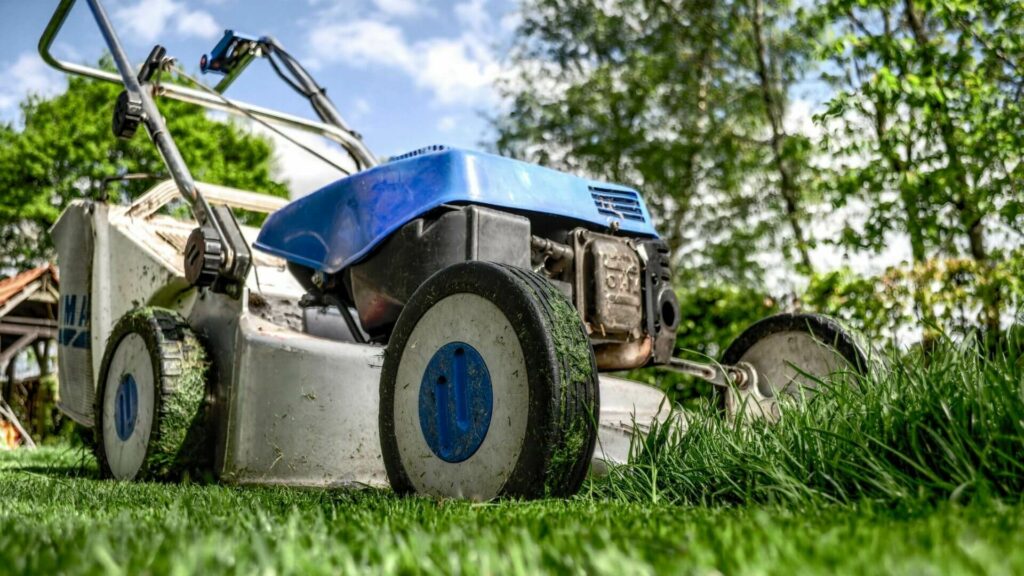 When it comes to mowing, you probably assume it’s impossible to go wrong. However, your mowing practices might have a significant influence on the performance of your grass. The grass will grow thicker if it is mowed correctly.
When it comes to mowing, you probably assume it’s impossible to go wrong. However, your mowing practices might have a significant influence on the performance of your grass. The grass will grow thicker if it is mowed correctly.
It is one of the most common blunders individuals make when it comes to mowing their lawns. If you mow your grass too short, you’re putting it through unneeded strain. You don’t want a dull green or yellow tint as a result of this. It may also raise the risk of weeds, which is something you also don’t want to deal with.
Only one-third of your grass blades should be clipped at a time. Weekly mowing is good, and the optimal height is between 3.5 and 4 inches, depending on your grass type. To get a precise cut, have your mower blades sharpened.
Properly Water Your Lawn
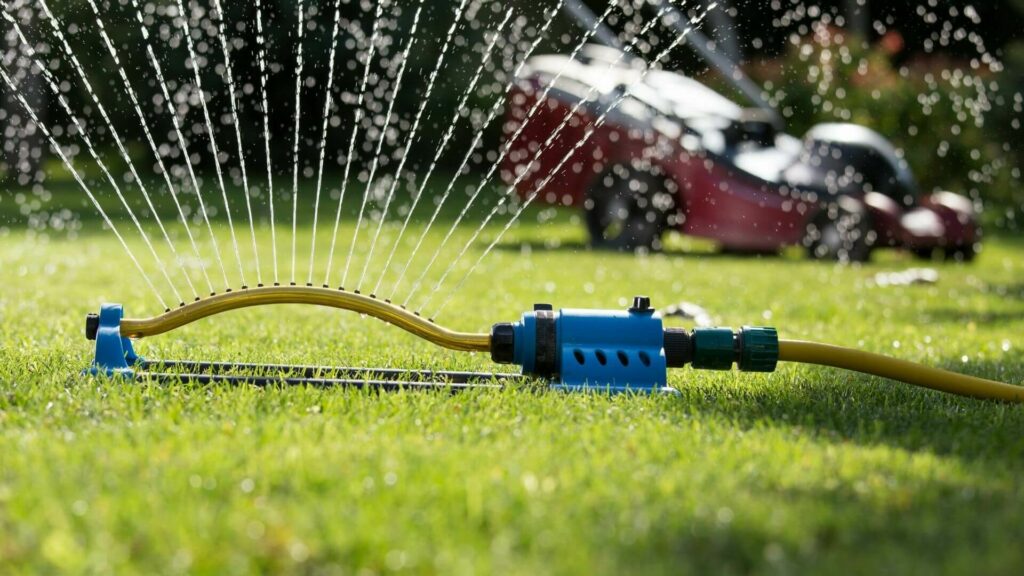 Your grass, like other plants, requires regular watering. There are times when grass requires more water than others.
Your grass, like other plants, requires regular watering. There are times when grass requires more water than others.
Excessive humidity, which is a breeding ground for grass diseases, may be caused by watering at night. If you water in the middle of the day, when the sun is blazing, you run the risk of the water evaporating before it gets to the roots.
The optimal time is early in the morning, either just before or right after dawn. Roots may soak up the water and disease can’t grow overnight since extra water will be burned off by the sun as soon as it comes out.
Instead of frequent, shallow waterings, you want to water your lawn less often but for a longer period of time so that it gets a good soak in the soil. If Mother Nature isn’t already supplying frequent rainfall, it’s a good idea to water your lawn once or twice a week. When it comes to watering your grass and a few inches of soil, 45 to 60 minutes is generally adequate time. This will vary depending on the conditions. If it’s warmer and windier the soil will dry out faster. Having the right type of approach to weathering your lawn can make all the difference in having a thicker and greener lawn this summer!
Use The Right Fertilizers At The Right Times
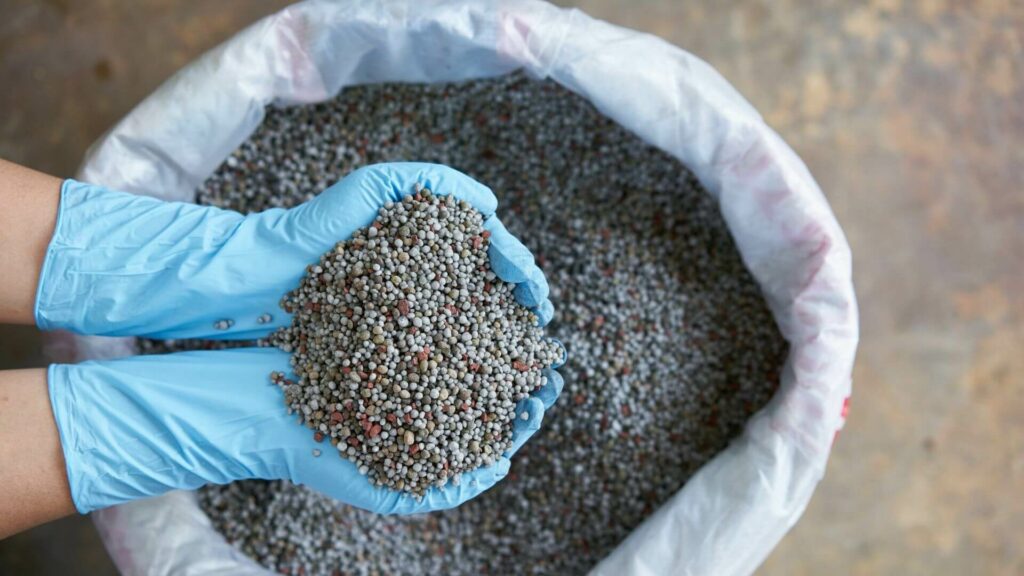 A lawn needs food just like any other plant does but nutrients in the soil can be washed away by rain and watering. Regular fertilization during the growing season helps your grass get the nutrients it needs to grow thicker and healthier.
A lawn needs food just like any other plant does but nutrients in the soil can be washed away by rain and watering. Regular fertilization during the growing season helps your grass get the nutrients it needs to grow thicker and healthier.
If you are overseeding your lawn, a starter fertilizer will provide nitrogen to help promote vigorous growth to fast establishing new grasses and help your turf get that thick, green look you want.
Half of the nitrogen in these special formulations is released slowly, so your lawn will keep growing strong for up to three months. The other half has been stabilized to minimize leaching. This implies that less fertilizer is wasted on the environment and that the nutrients in the fertilizer you apply reach your thick grass more effectively.
Conduct A Soil Test on Your Lawn’s Soil
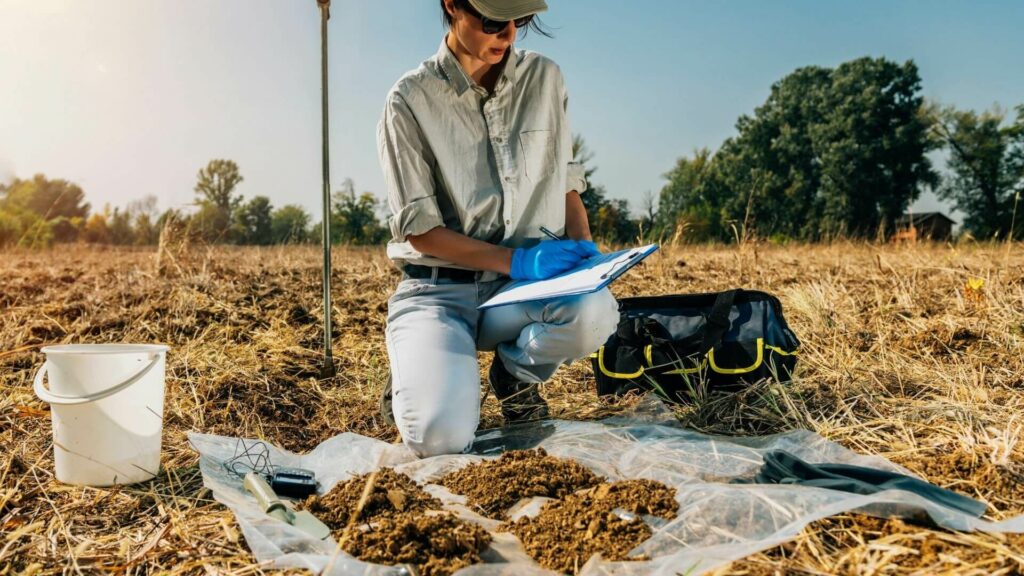 A soil test is essential for determining what nutrients your lawn is deficient in and what fertilizer and other treatments may do to boost its density and color.
A soil test is essential for determining what nutrients your lawn is deficient in and what fertilizer and other treatments may do to boost its density and color.
For example, if the pH of your soil is incorrect, the fertilizer you’re giving it may not be functioning at all in your quest for better grass. Nutrient intake may be hampered by low pH. Lawns in Eastern Pennsylvania are naturally acidic. Limestone treatments may assist to balance and adjust the pH of your soil.
Conducting a soil test will give you the exact information you need when you fertilize and seed.
Aerate and Overseed Your Lawn
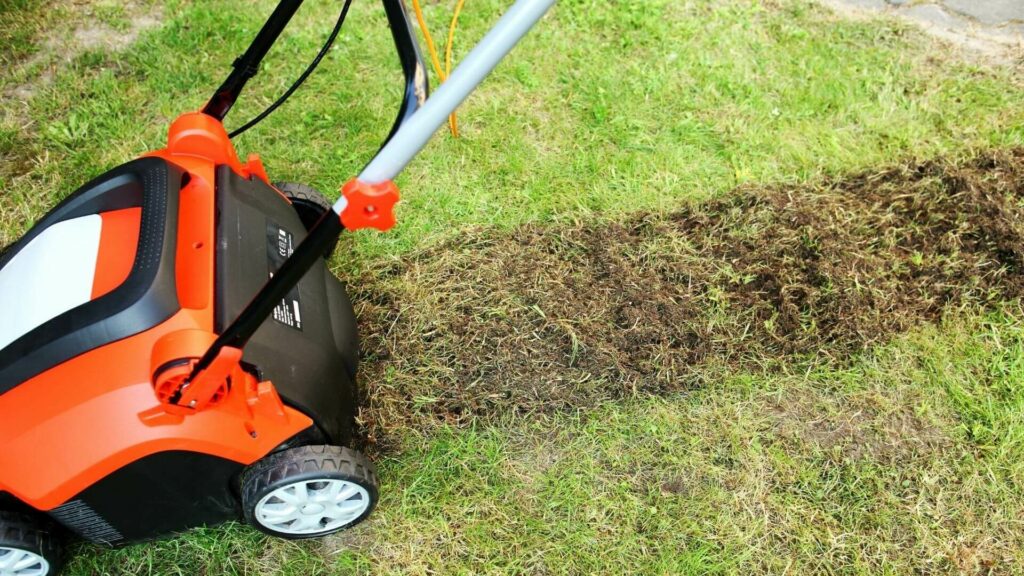 Water and nutrients must reach the roots of the lawn in order for it to grow thicker and greener. Lawns may get compacted over time due to foot traffic or severe weather, preventing simple access to water and nutrients.
Water and nutrients must reach the roots of the lawn in order for it to grow thicker and greener. Lawns may get compacted over time due to foot traffic or severe weather, preventing simple access to water and nutrients.
Annual aeration is the answer. The grass is able to breathe as a result of this approach. Also, the little holes that aeration generates are ideal for overseeding thin, barren regions. In order to have a greener, thicker grass, aeration and overseeding are essential.
Take Care of Your Lawn’s Shady Spots
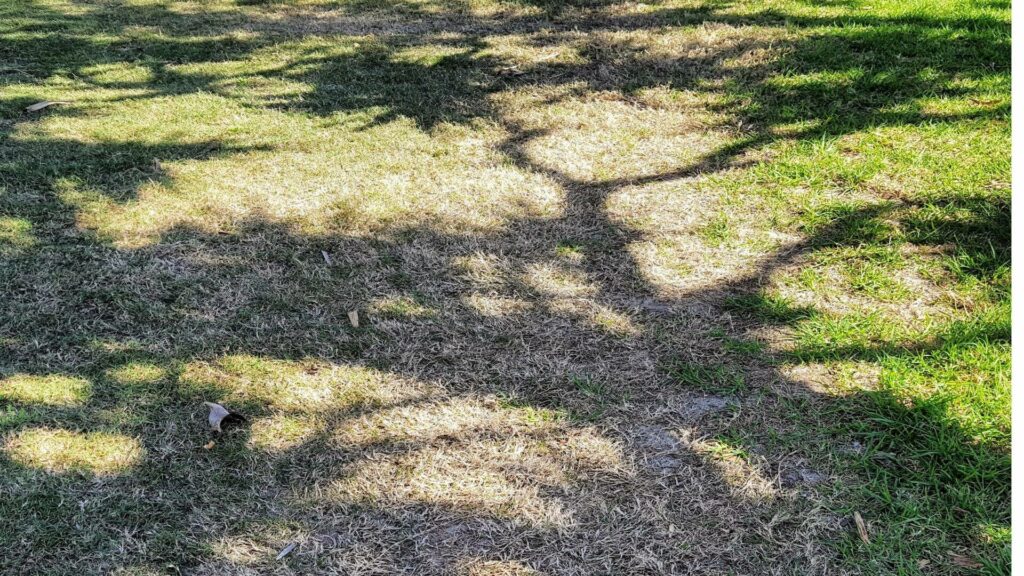 There are times when the circumstances for grass growth aren’t optimal. Perhaps the grass sprang up around small trees, but as those trees got taller, and now cast more shadow over the lawn, restricting the available sunlight above the canopy. Sun exposure may be increased by raising or decreasing the tree canopy over these shady areas.
There are times when the circumstances for grass growth aren’t optimal. Perhaps the grass sprang up around small trees, but as those trees got taller, and now cast more shadow over the lawn, restricting the available sunlight above the canopy. Sun exposure may be increased by raising or decreasing the tree canopy over these shady areas.
However, it’s possible that thinning the canopy isn’t enough. It’s possible that you have a spot where the grass isn’t growing properly. A shade-tolerant groundcover, mulch, ornamental gravel, or a hardscape area may be a preferable choice in these stubborn areas.
Professional Lawn and Tree Care in Eastern Pennsylvania
While many of these recommendations seem straightforward, when combined, they may be intimidating. We understand. You have other concerns and responsibilities, and it may seem as if your lawn is always pushed to the bottom of your to-do list. This may be particularly true during the summer when trips are planned and children are home from school; time seems to fly by each day.
We can help you get the lawn that you and your family deserve to enjoy this summer! Contact a Turfcor Lawn and Tree Care Expert today and set up a free consultation!